According to Stanford’s Graduate School of Business, they found out that when people listened to pitches, which either contained facts and figures or a story, 5% of those who listened recalled a statistic, but 63% remembered the stories. Such a big impact, huh? It makes sense that us marketers can harness the power of storytelling and evoke the feelings of our customers. How can we do that and where do we start? The first thing that comes to mind is creating a video, maybe a short clip of how your brand started, or what your goals and aspirations are. But storytelling is not limited to film, we can also share stories through pictures, blogs, podcasts, or even infographics. It’s a chance to humanize your brand. Try to think of emotions, needs or wants in relationship to what your brand evokes.
How to Use Visual Storytelling in Your Marketing: 5 Ways
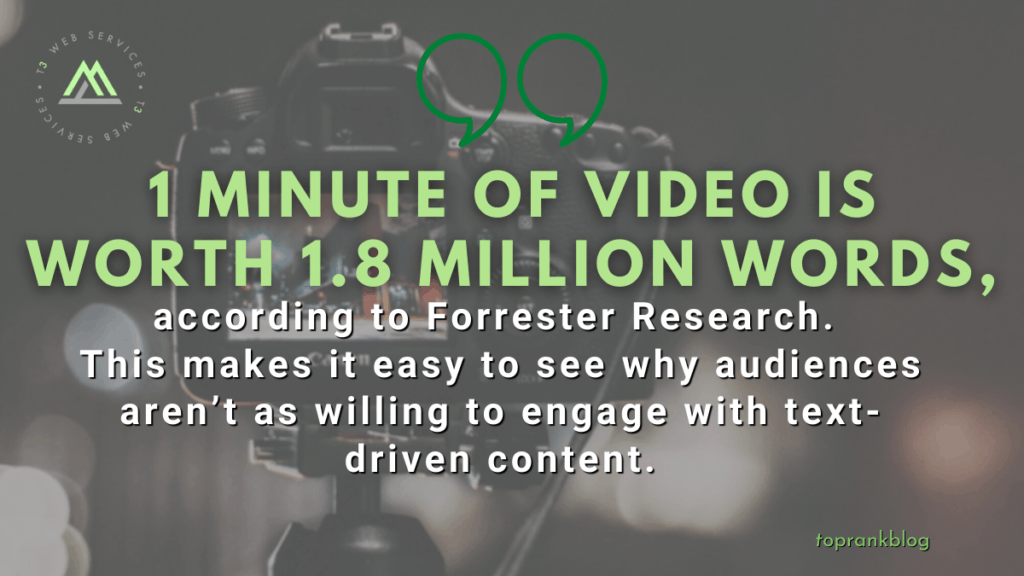

#1: Share Your Origin Story
As we’ve already established, there are lots of potential stories that your brand can tell. One of those narratives that holds a lot of potential for many businesses is their origin story.
This story may be about how your company was founded, why it was founded, or some combination of the two. What problems did the founder(s) see that they wanted to solve? Was there an epiphany? What challenges did the company have to overcome to get to where it is now?
The origin story is particularly suited to appearing in the form of a video or motion graphic, which can guide the viewer through a linear narrative in a more controlled way than interactive media, which tends to prioritize self-guided exploration.
That said, there really are no limits to the style in which such a video can be produced. The important thing is to find an approach that’s consistent with your brand.

https://www.socialmediaexaminer.com/how-to-use-visual-storytelling-in-marketing-5-ways/
There’s Gold In Them Thar SERPs: Mining Important SEO Insights from Search Results


Finding keyword research nuggets
Any sound SEO strategy is built on sound keyword research. Without keyword research, you’re just blindly creating pages and hoping Google ranks them. While we don’t fully understand or know every signal in Google’s search algorithm — I’m pretty confident your “hopes” aren’t one of them — you need keyword research to understand the opportunities as they exist.
And you can find some big nuggets of information right in the search results!
First off, SERP analysis will help you understand the intent (or at least the perceived intent by Google) behind your target keywords or phrases. Do you see product pages or informational content? Are there comparison or listicle type pages? Is there a variety of pages serving multiple potential intents? For example:


https://moz.com/blog/mining-seo-insights-from-search-results
Basic Reputation Management for Better Customer Service
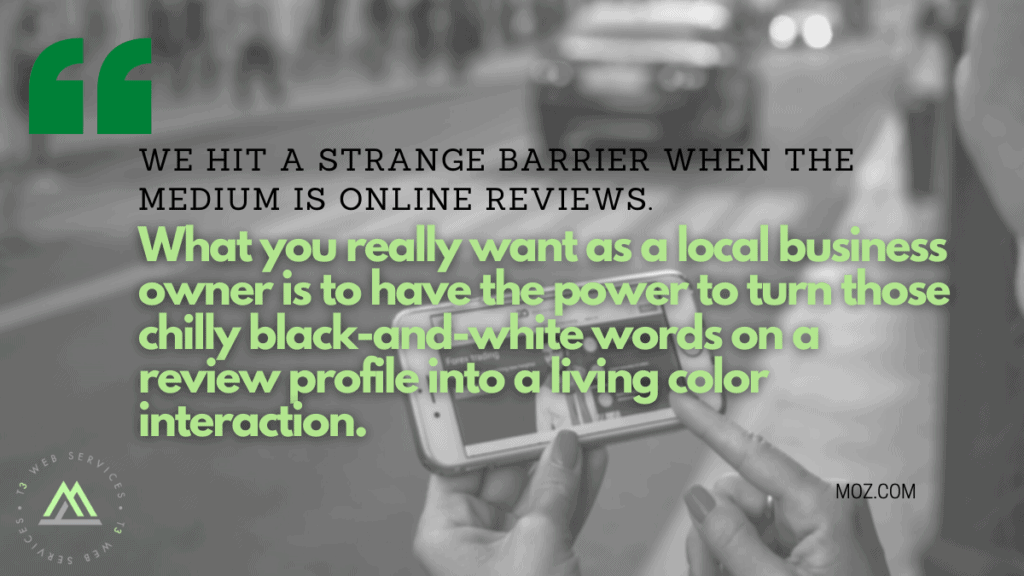

The great barrier: reviews
Seventeen years into my journey as a local SEO, I’ve come to realize that my favorite businesses — the ones I’ve come to patronize with devotion — are the ones with owners and staff who treat me with the least formality. They’ve creatively established an environment in which I felt liked, heard, regarded, trusted, and appreciated, and I’ve responded with loyalty. It’s really a beautiful thing, when you step back and think about it.
1. Seek cues in single reviews with ongoing alerts
Make it your practice to click first on any review in this feed if it’s received a 3-star rating or less, and see how much information a customer has shared about the reason for their less-than-perfect rating, as in this fictitious example:.

Because the reviews are timestamped, you may have the ability to connect a customer’s poor experience with something that happened at your place of business on a specific day, like being understaffed, having an equipment failure, or another problem.

https://moz.com/blog/basic-reputation-management
The Secret to Writing Effective Sales Copy
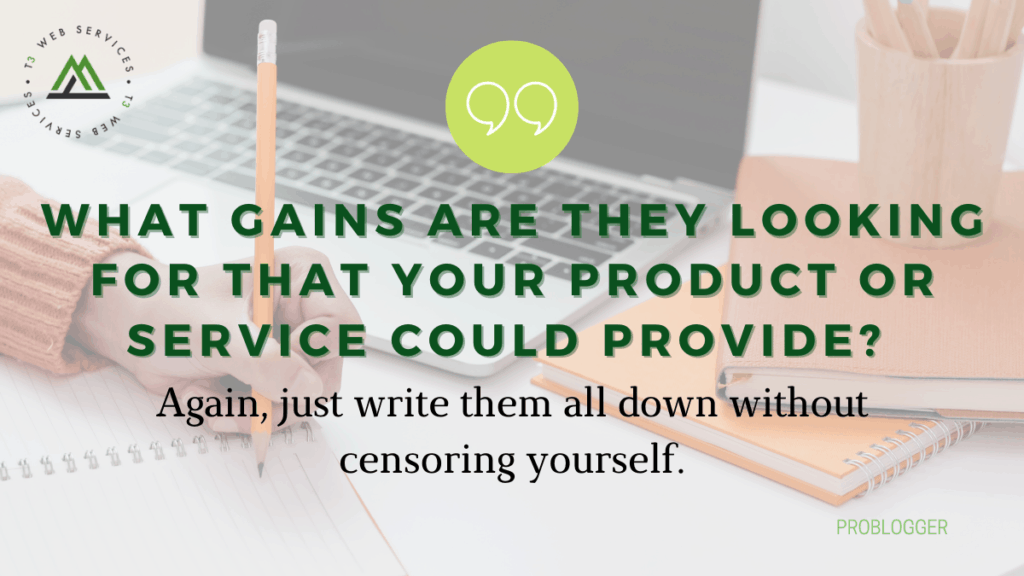

Pains and gains
Okay, let’s get into the exercise. It should only take you about five minutes, and all you’ll need is paper and pen (or keyboard and computer if you’d rather type than write).
Now, here’s the first part of the exercise: Think of your readers, and for the next two minutes write down as many of their pains, problems, fears, needs, etc. as you can think of that relate to your product or service.
They might be deep pains. They might be little pains. They might be pains that are justified. They might be pains that are a little bit selfish. They could be tangible, or something more personal. It might be something like, “I don’t know how to do something and that’s painful”. Or it might be something more personal like, “I feel lonely,” or “I feel like a failure”. It doesn’t matter. Just write it down.
Hopefully you now have a long list of your readers’ pains. Now it’s time to repeat the exercise, only this time you’ll be writing down all the things your readers want to gain.

https://problogger.com/writing-effective-sales-copy/
10 Digital marketing statistics that made me say WOW
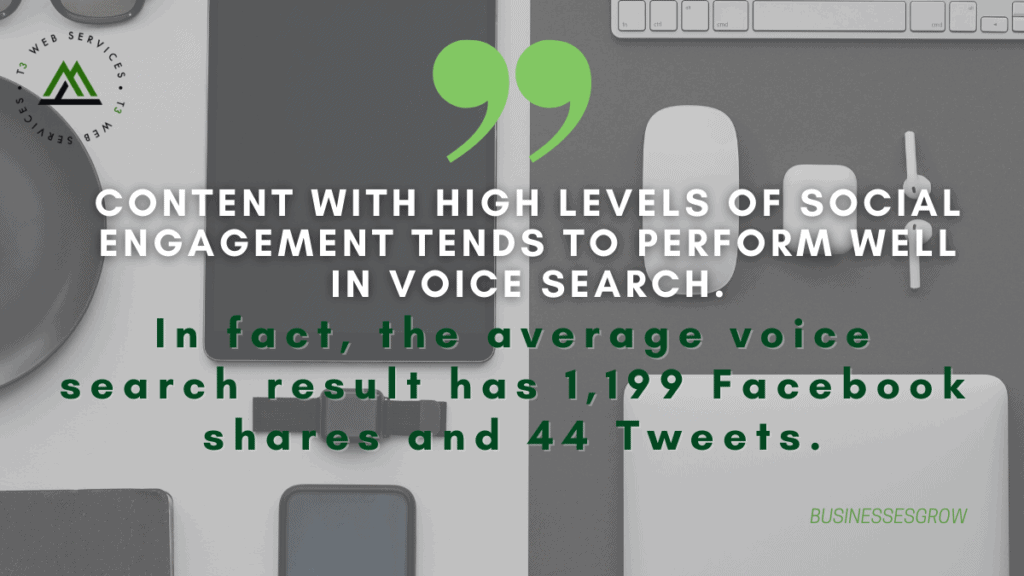

1. 93 percent of U.S. traffic comes from Google search, Google Images, and Google Maps.
If you think about the competitive nature of business in general, it’s hard to believe that one company owns 93 percent market share of anything.
There is an interesting dichotomy of human nature. We demand choice but love convenience even more. The concentrated nature of search concerns me, but not enough to use something other than Google!
We see the same thing happening with Facebook as a social network and Amazon as an eCommerce hub. We generally only have the mental bandwidth for one solution.

https://businessesgrow.com/2020/10/19/digital-marketing-statistics/
The ONE Question You Need to Grow Your Agency
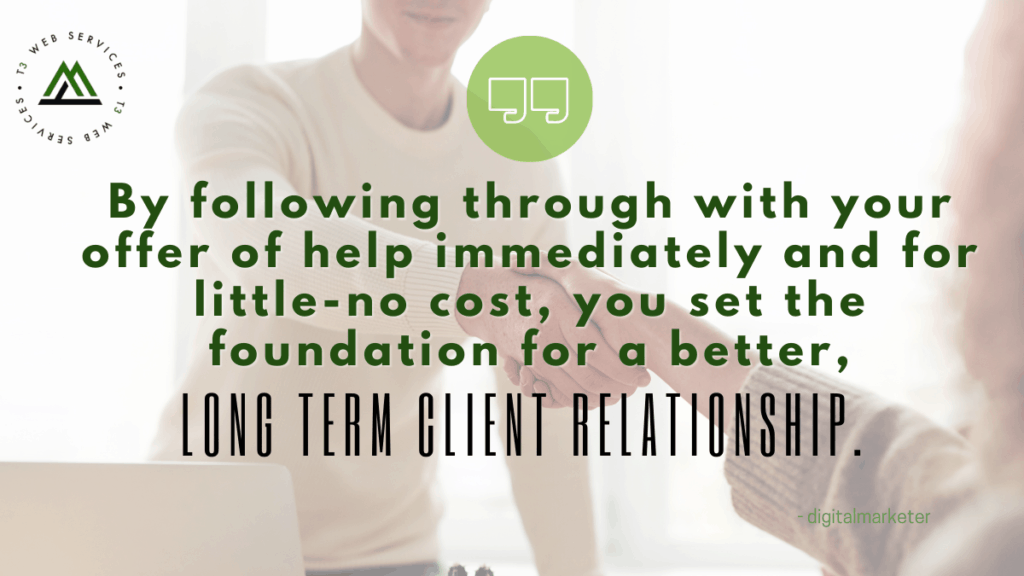

Step 1: Acquire prospective clients through value in advance content
The best way to get prospective clients in the door isn’t through some slimy sales pitch. It’s offering your hand in help and then actually helping them. The best way to do that is through value-heavy content.
It’s important to note that this content needs to be low-cost or even free. Your end goal is to turn your readers into clients, and charging them to even get acquainted with you will directly inhibit that. You want to get as many people as you possibly can to view your content, so that way you can get your agency’s name out there. Not only will it build your reputation, but it will also help you bring in more leads.
This content can come in many different forms: blog posts, webinars, online videos, and everything in between. All that matters is that you produce content that people can actually get something out of. You should be able to teach them something new with your content, which will make a big enough impact for them to remember you and your agency. Once you do, you’ll be able to establish a bit of credibility with your prospective clients in your industry, it will be a lot easier to get them in the door for a meeting or get them to attend a discovery session.

https://www.digitalmarketer.com/blog/grow-your-marketing-agency-question/
How Google Identifies Individual Passages of a Web Page
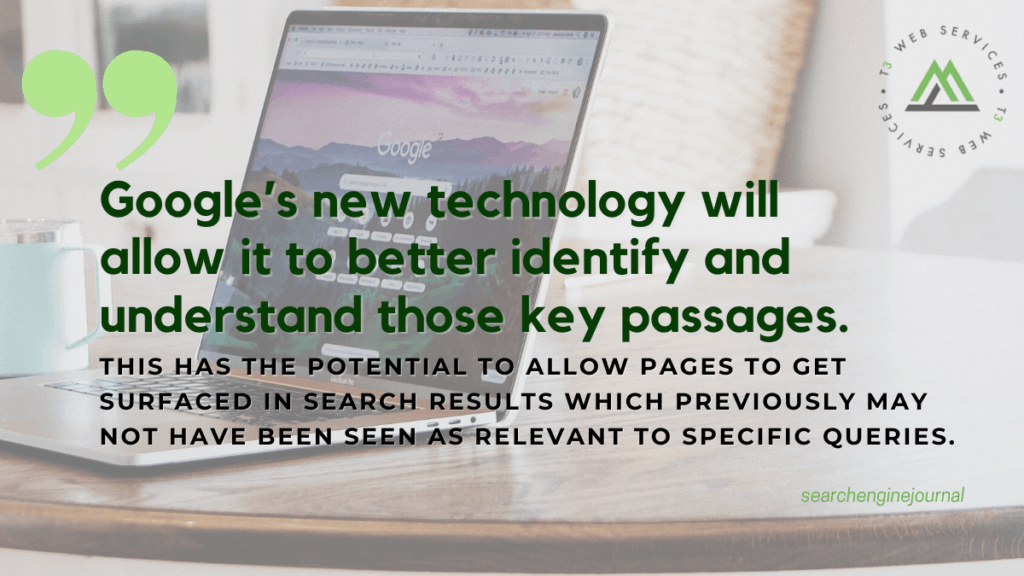

Google’s public Search Liaison, Danny Sullivan, shares more detail about an upcoming change that will improve 7% of global queries.
Soon, Google will be able to identify individual passages of a web page, which helps with understanding how relevant a page is to a given query.
This update was announced last week and Search Engine Journal’s Roger Montti has a full write up here:
How Passage Identification Works
Google traditionally evaluates a web page as a whole to determine how relevant it is to a query.
This gets challenging when it comes to very long web pages, or pages that touch on multiple topics.
A web page with an abundance of content may inadvertently dilute the one part that is especially relevant to a user’s query.



Leave a Reply